- Home
- Articles
- Architectural Portfolio
- Architectral Presentation
- Inspirational Stories
- Architecture News
- Visualization
- BIM Industry
- Facade Design
- Parametric Design
- Career
- Landscape Architecture
- Construction
- Artificial Intelligence
- Sketching
- Design Softwares
- Diagrams
- Writing
- Architectural Tips
- Sustainability
- Courses
- Concept
- Technology
- History & Heritage
- Future of Architecture
- Guides & How-To
- Art & Culture
- Projects
- Interior Design
- Competitions
- Jobs
- Store
- Tools
- More
- Home
- Articles
- Architectural Portfolio
- Architectral Presentation
- Inspirational Stories
- Architecture News
- Visualization
- BIM Industry
- Facade Design
- Parametric Design
- Career
- Landscape Architecture
- Construction
- Artificial Intelligence
- Sketching
- Design Softwares
- Diagrams
- Writing
- Architectural Tips
- Sustainability
- Courses
- Concept
- Technology
- History & Heritage
- Future of Architecture
- Guides & How-To
- Art & Culture
- Projects
- Interior Design
- Competitions
- Jobs
- Store
- Tools
- More
10 Essential Tips for Creating Experiential Urban Spaces That Foster Community Engagement
Discover the transformative power of experiential urban spaces through innovative design and community engagement. This article explores how vibrant, interactive environments enhance quality of life, foster social connections, and promote mental well-being.

Urban spaces are more than just concrete and steel; they’re living environments that shape our experiences and interactions. As cities evolve, we find ourselves craving places that not only serve functional purposes but also engage our senses and foster community connection. Creating experiential urban spaces is essential for enhancing our quality of life and promoting social interaction.
In this article, we’ll explore innovative approaches to designing urban areas that prioritize experience over mere utility. From vibrant parks to interactive art installations, these spaces invite us to pause, reflect, and engage. By reimagining how we interact with our surroundings, we can transform our cities into dynamic environments that inspire creativity and connection.

Table of Contents
ToggleUnderstanding Experiential Urban Spaces
Experiential urban spaces foster social interactions and enhance the livability of cities. These areas offer diverse opportunities for engagement and creativity, shaping positive experiences for residents and visitors alike.

Definition and Importance
Experiential urban spaces refer to environments designed to engage individuals through sensory experiences and social interactions. These spaces prioritize user experience, blending aesthetics and functionality. Their importance lies in promoting community well-being, encouraging physical activity, and enhancing mental health. Research indicates that vibrant urban areas can reduce stress and foster connections among diverse population groups.
Key Characteristics
- Interactivity: Engaging spaces invite participation through installations, activities, and events, encouraging active involvement.
- Accessibility: Inclusive design ensures spaces cater to individuals of all ages and abilities, promoting equal access.
- Adaptability: Flexible environments accommodate various uses, allowing spaces to transform based on community needs and seasonal changes.
- Sustainability: Eco-friendly materials and practices contribute to long-term viability, supporting both the environment and urban identity.
- Culture: Local art and cultural elements reflect community heritage, enhancing the unique identity of urban spaces.
- Social Connectivity: Gathering areas and communal facilities facilitate interactions, building stronger community bonds.
Design Principles for Creating Experiential Urban Spaces
Design principles focus on enhancing the experience of urban spaces through thoughtful planning and community involvement. Our approach incorporates elements that promote interaction, accessibility, and sensory engagement for all users.

Community Engagement
Community engagement forms the foundation of successful urban spaces. We prioritize involving residents in the design process to ensure their needs and aspirations are met. This can include conducting surveys, hosting workshops, and collaborating with local organizations. Engaging the community fosters a sense of ownership and pride in public spaces, which can lead to increased use and maintenance. For instance, inviting local artists to participate in mural projects or event programming creates opportunities for creativity and connection, enriching the urban landscape.
Sensory Experiences
Sensory experiences significantly enhance the appeal of urban spaces. We design environments that stimulate sight, sound, touch, and even smell. This can involve incorporating greenery, vibrant colors, and varied textures to create inviting atmospheres. Soundscapes, like water features or music installations, contribute to unique auditory experiences. For example, the gentle sound of flowing water can encourage relaxation, while public art can prompt curiosity and exploration. Thoughtfully-designed spaces stimulate multiple senses, making urban areas more engaging and memorable for everyone who visits.
Case Studies of Successful Experiential Urban Spaces
We can examine various global examples that showcase successful experiential urban spaces, offering insights into effective design and community engagement.

Examples from Around the World
- The High Line, New York City: This elevated linear park transformed a disused railway into a vibrant public space. The High Line features native plants, art installations, and seating areas that foster social interaction. Its design encourages physical activity while offering diverse sensory experiences through its landscaping and urban art.
- Millennium Park, Chicago: Known for its iconic Cloud Gate sculpture, Millennium Park combines art, architecture, and landscape design. It hosts seasonal events and provides spaces for relaxation, play, and cultural experiences. The park’s layout promotes accessibility and engagement with the surrounding urban environment.
- Kunsthaus Graz, Austria: The “Friendly Alien” is a contemporary art museum known for its unique architectural design. Its surrounding urban area includes spaces for art exhibitions, interactive installations, and public gatherings, enhancing cultural reflection and social connectivity.
- Torre David, Caracas: This informal vertical community emerged as an innovative self-built urban space. Residents creatively adapted the structure to meet their needs, fostering community interaction and resilience in a challenging environment, demonstrating how adaptability enhances urban living.
- Parc de la Villette, Paris: Designed by architect Bernard Tschumi, this park integrates art, culture, and nature. It features thematic gardens, interactive installations, and diverse performance spaces, engaging visitors through a variety of sensory experiences and stimulating creativity.
Lessons Learned
- Community Engagement: Successful projects prioritize input from local stakeholders. Surveys and workshops reveal community needs, ensuring that designs resonate with the people who use these spaces.
- Interactivity and Playfulness: Effective urban spaces incorporate interactive elements. Features like playgrounds, art displays, and performance areas invite exploration and participation, enhancing connectivity among users.
- Sustainability: Environmentally responsible designs promote long-term viability. Incorporating native plants and sustainable building materials reduces ecological impact while improving urban resilience.
- Flexibility in Design: Adaptive spaces cater to multiple uses and events. Movable furniture and multi-functional areas allow for diverse activities, accommodating evolving community needs.
- Integration of Nature: Including green elements creates inviting atmospheres. Parks, gardens, and water features promote mental well-being and encourage outdoor activity, enriching the urban experience.
Challenges in Creating Experiential Urban Spaces
Creating experiential urban spaces involves navigating various challenges that affect both economic viability and environmental sustainability. Addressing these challenges can determine the success of fostering engaging urban environments.

Economic and Social Barriers
Economic constraints often limit funding for public space projects. Budget restrictions hinder the implementation of innovative designs and quality materials. We must consider the cost-effectiveness of projects without compromising their experiential potential.
Social barriers also affect community engagement. Limited participation from marginalized groups can result in spaces that do not reflect the needs of the entire community. We must actively encourage diverse stakeholder involvement through outreach strategies, ensuring all voices contribute to the design process.
Environmental Considerations
Environmental challenges often arise when designing urban spaces. Urban heat islands, poor air quality, and inadequate green infrastructure can undermine our efforts. Integrating native plant species and sustainable drainage systems helps mitigate these issues and enhances biodiversity.
We also confront climate change impacts, making it imperative to design adaptable spaces. Resilient designs that can endure extreme weather and promote sustainability are essential. Collaborating with environmental experts ensures our spaces support both human and ecological health.
Future Trends in Urban Space Design
Urban space design is rapidly evolving, with emerging trends focusing on technology integration and sustainability practices that create immersive and resilient environments.

Technology Integration
Technology plays a pivotal role in shaping future urban spaces. Smart city innovations, such as interactive kiosks, augmented reality features, and digital wayfinding systems, enhance user experiences and streamline access to information. High-speed internet connectivity enables seamless interaction with public art installations and community events. Data-driven design allows urban planners to analyze usage patterns, leading to responsive spaces tailored for diverse activities and populations. Moreover, integrating sensors for monitoring air quality and pedestrian traffic ensures a healthier, more vibrant urban environment.
Sustainability Practices
Sustainability remains at the core of future urban space design. We prioritize eco-friendly materials and practices that minimize environmental impact. Green infrastructure, such as rain gardens and permeable pavements, helps manage stormwater runoff and urban heat, creating cooler microclimates. Incorporating renewable energy sources and enhancing biodiversity through native plantings fosters resilience against climate change. Designers embrace multifunctional spaces, combining recreational areas with urban agriculture for local food production. Implementing waste reduction initiatives, like composting and recycling programs, also promotes community stewardship and environmental responsibility.
Together, these trends establish urban spaces that not only meet the demands of modern living but also enhance the well-being of both individuals and the environment.
Conclusion
Creating experiential urban spaces enhances community engagement and livability. These spaces foster social interaction, promote mental well-being, and encourage physical activity through thoughtful design and sensory experiences. By prioritizing interactivity, accessibility, adaptability, sustainability, cultural reflection, and social connectivity, urban areas transform into dynamic environments.
Community engagement plays a vital role in the development of these spaces. We utilize surveys, workshops, and collaborations with local organizations to ensure that residents’ voices shape public spaces. This approach cultivates pride and ownership, leading to increased usage and better maintenance over time.
Successful case studies like the High Line and Millennium Park exemplify the power of community input and innovative design. These projects highlight key lessons, including the integration of playful elements, sustainable practices, and flexibility to accommodate various community needs. By incorporating greenery and vibrant elements, we enhance mental well-being and enrich the overall urban experience.
Addressing challenges such as economic constraints and social barriers remains essential. We strive to create inclusive spaces that reflect the needs of all community members through outreach and collaboration. Furthermore, implementing resilient designs that address climate change impacts and urban heat islands ensures sustainable urban environments.
Looking ahead, we’re excited about the potential of technology and sustainability in urban design. Smart city innovations and data-driven approaches allow us to craft immersive and adaptable spaces that meet modern living demands. By prioritizing eco-friendly materials and multifunctional designs, we aim to establish urban areas that promote well-being for individuals and the environment alike.
- city activation
- community engagement
- experiential urban spaces
- Human Centered Design
- inclusive urban design
- interactive city spaces
- outdoor community spaces
- participatory design
- placemaking strategies
- Public Space Design
- social urbanism
- street design strategies
- sustainable city spaces
- urban design tips
- urban experience
- urban innovation
- urban livability
- urban planning ideas
- urban space planning
- vibrant public areas
Submit your architectural projects
Follow these steps for submission your project. Submission FormLatest Posts
Copenhagen Named the Happiest City in the World in 2025
Copenhagen has been named the happiest city in the world in 2025...
Frank Gehry’s Transformative Ideas in Urban Design
Frank Gehry’s influence extends far beyond expressive architecture; his ideas have reshaped...
Architecture as Infrastructure: Designing Beyond Buildings
Architecture as infrastructure reframes cities as systems—flows, lifecycles, and value. Explore resilient...
Designing for Emotional Urbanism: How We Shape Cities People Actually Feel Good In
Emotional Urbanism: a practical guide to design that reduces stress, boosts dwell...





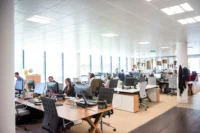
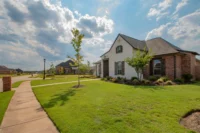
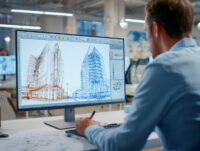
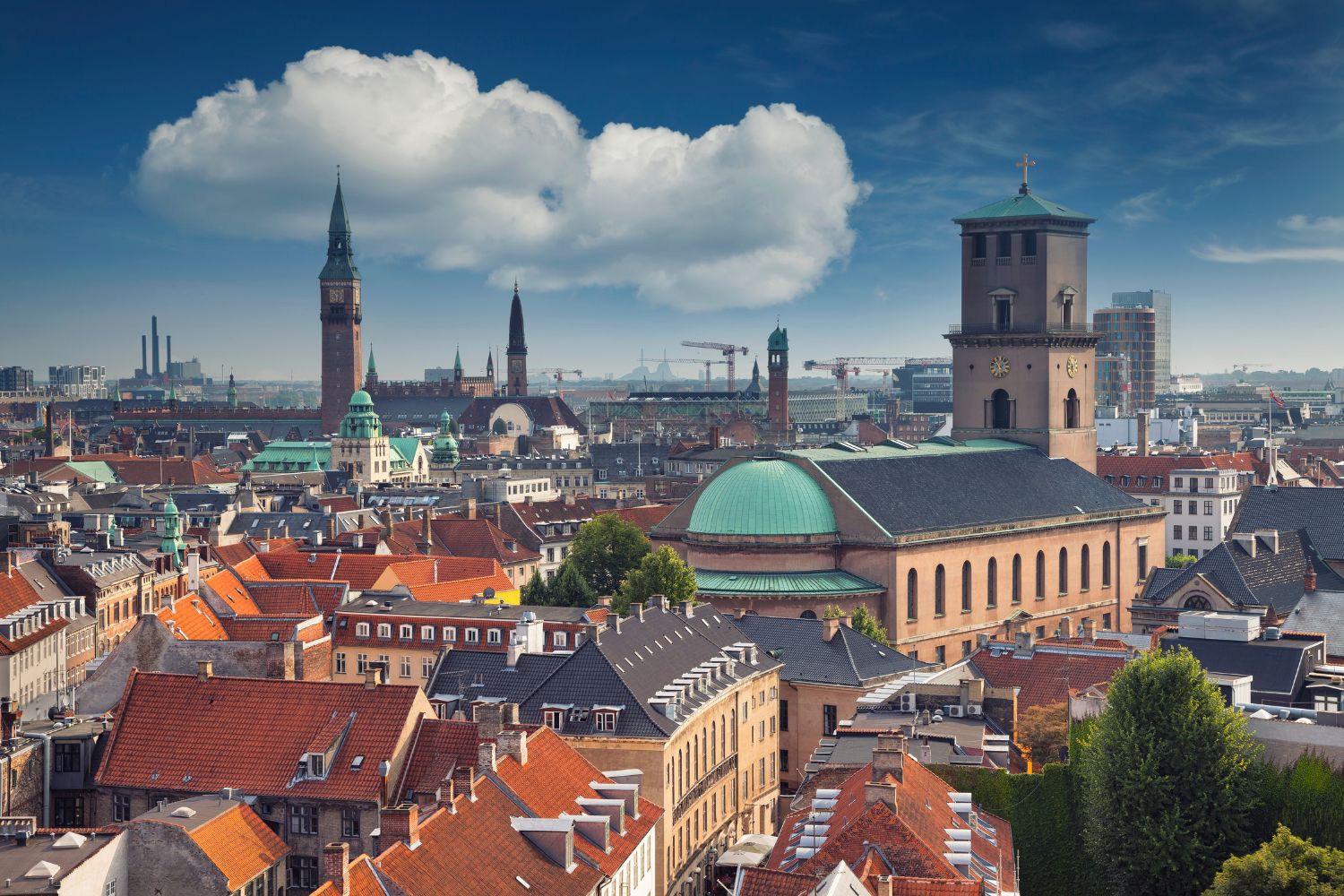


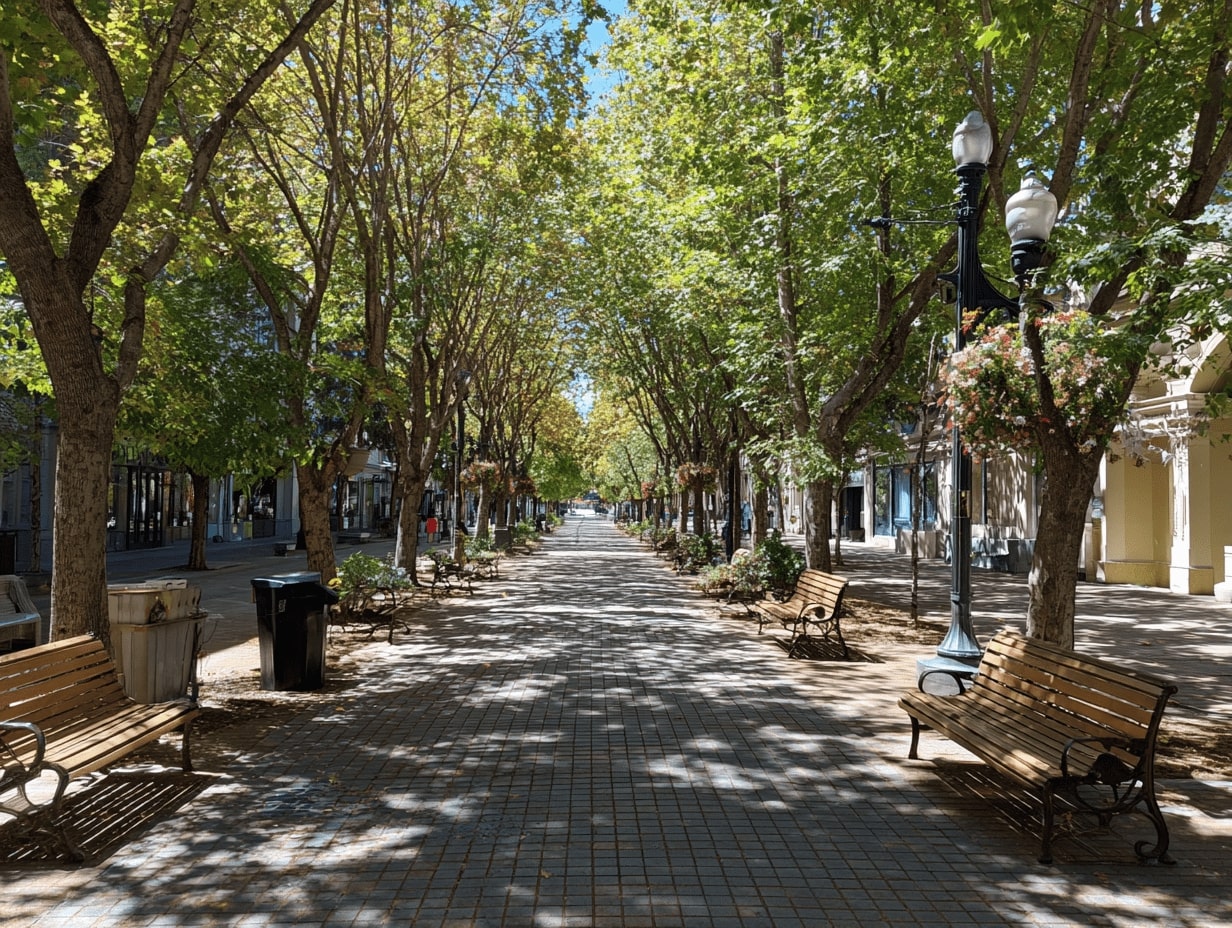
Leave a comment